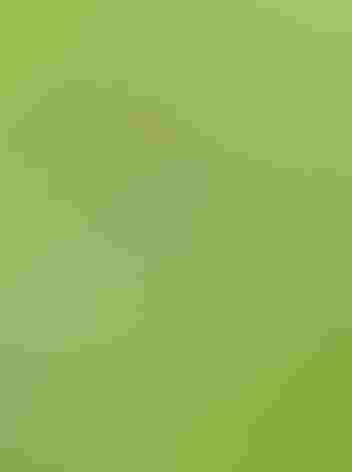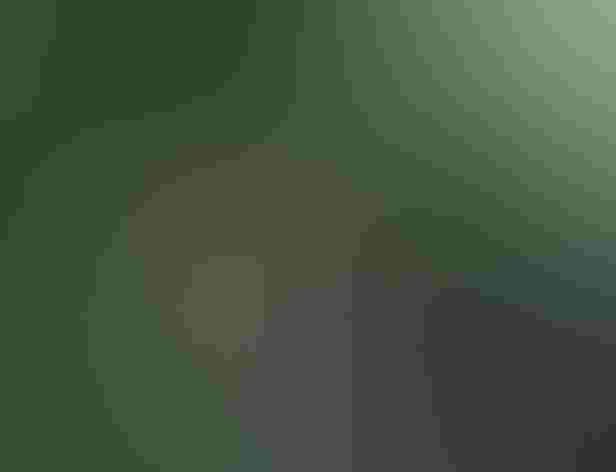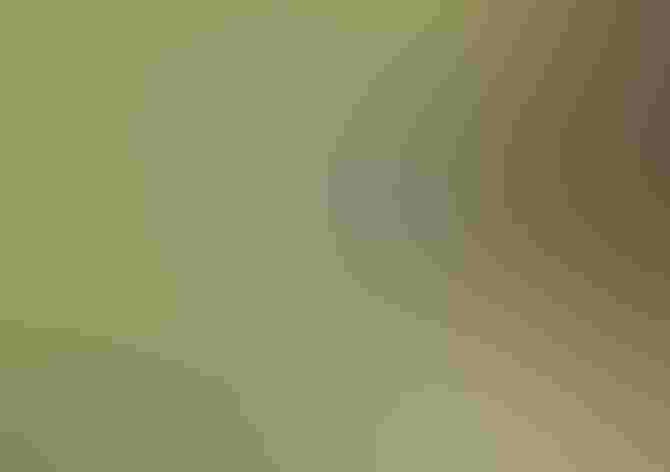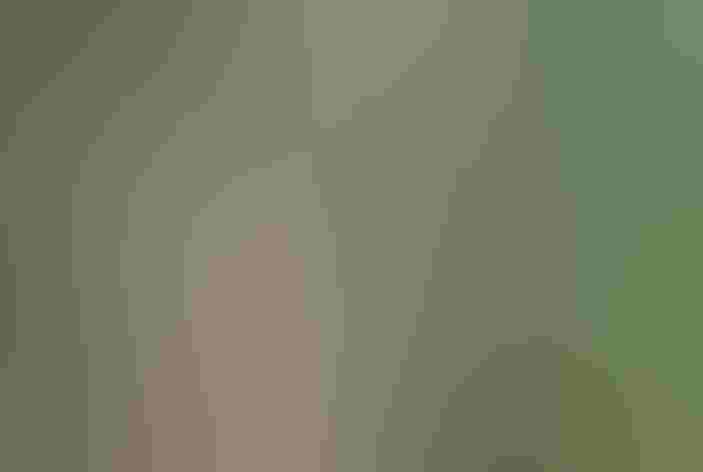Indigo Bunting
At a Glance
In parts of the East, Indigo Bunting may be the most abundant songbird, with the deep-blue males singing along every roadside. The plain brown females are seen far less often, and they have good reason to be inconspicuous: they do almost all the work of caring for the eggs and young, hidden away in dense thickets. This species favors brushy edges rather than unbroken forest, and is probably far more common today than when the Pilgrims landed.
All bird guide text and rangemaps adapted from by Kenn Kaufman© 1996, used by permission of Houghton Mifflin Harcourt Publishing Company. All rights reserved.
Category
Cardinals, Perching Birds
IUCN Status
Least Concern
Habitat
Arroyos and Canyons, Fields, Meadows, and Grasslands, Forests and Woodlands, Shrublands, Savannas, and Thickets, Urban and Suburban Habitats
Region
California, Eastern Canada, Florida, Great Lakes, Mid Atlantic, New England, Northwest, Plains, Rocky Mountains, Southeast, Southwest, Texas, Western Canada
Behavior
Direct Flight
Population
77.000.000
Range & Identification
Migration & Range Maps
Many migrate across Gulf of Mexico in both spring and fall. Migrates at night, and can navigate by the stars. Important studies of bird navigation and migration have involved this species.
Description
5 1/2" (14 cm). Adult male is dark blue in spring/summer (see Blue Grosbeak). Female and fall male are brown, usually with fine streaks on chest, blue tinge on tail. One-year-old male in summer may be blue with white belly.
Size
About the size of a Sparrow
Color
Black, Blue, Brown, Tan
Wing Shape
Rounded
Tail Shape
Notched, Rounded, Square-tipped
Songs and Calls
Rapid, excited warble, each note or phrase given twice.
Call Pattern
Complex, Falling, Undulating
Call Type
Buzz, Chirp/Chip, Whistle
Habitat
Brushy pastures, bushy wood edges. For nesting favors roadsides, old fields growing up to bushes, edges of woodlands, and other edge habitats such as along rights-of-way for powerlines or railroads. Also in clearings within deciduous woods, edges of swamps. In the west, usually near streams. During winter in the tropics, most common around brushy edges of farm fields.
Sign up for ÃÛèÖAPP's newsletter to learn more about birds like the Indigo Bunting
Behavior
Eggs
3-4, rarely 1-2. White to bluish-white, rarely with brown or purple spots. Incubation is by female only, 12-13 days, sometimes 11-14 days.
Young
Fed only by female in most cases. At some nests, male helps feed young when they are nearly old enough to fly. Young usually leave nest 9-12 days after hatching. Male sometimes takes over feeding of fledged young while female begins second nesting attempt. 2 broods per year.
Feeding Behavior
Forages at all levels from ground up into shrubs and trees. Takes insects from leaves, seeds from ground or stems, berries from shrubs. Forages alone in summer, in flocks in winter.
Diet
Mostly seeds and insects. In breeding season feeds mostly on insects and spiders, also some seeds, berries. Young in the nest are fed mostly insects at first. In winter, eats many seeds, also some insects.
Nesting
Male establishes territory in spring, defends it with song. Male may have more than one mate at a time living on his territory. Nest site is usually 1-3' above ground, rarely up to 30' or more, in dense shrub or low tree. Late in season, may nest in large weed such as goldenrod. Nest (built by female) an open cup of grass, leaves, weeds, bark strips, lined with finer materials.
Conservation
Conservation Status
Does well in brushy rural areas, but not in urbanized areas or regions of intense agriculture. Since about 1940s, has extended breeding range to include much of southwest.
Climate Threats Facing the Indigo Bunting
Choose a temperature scenario below to see which threats will affect this species as warming increases. The same ÃÛèÖAPP change-driven threats that put birds at risk will affect other wildlife and people, too.
















